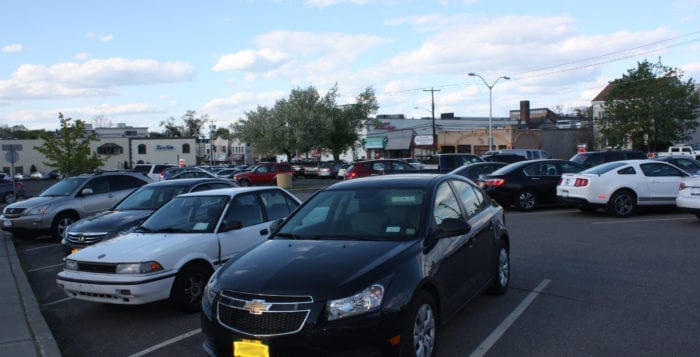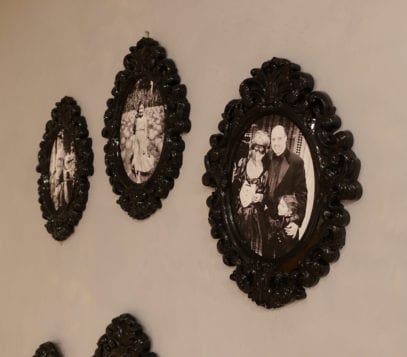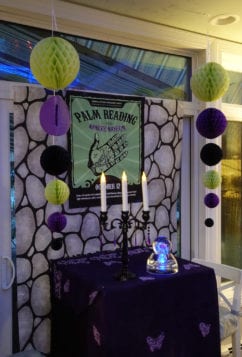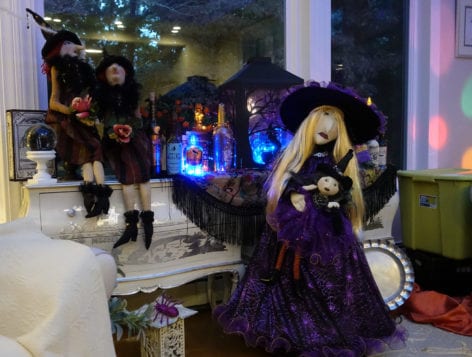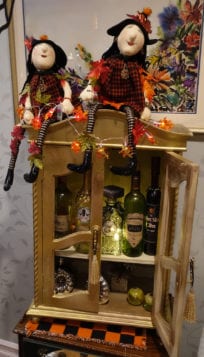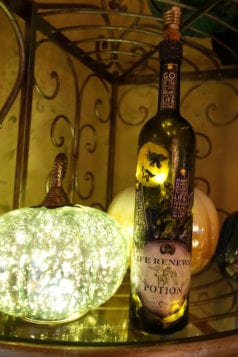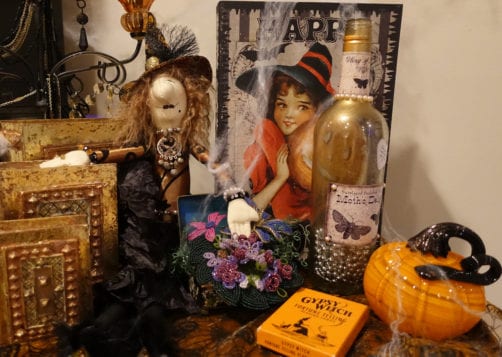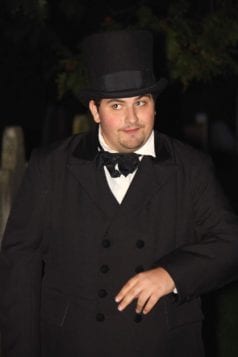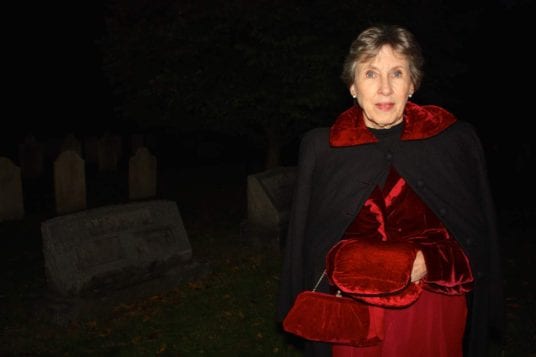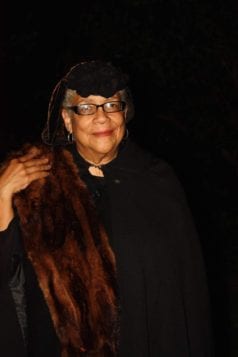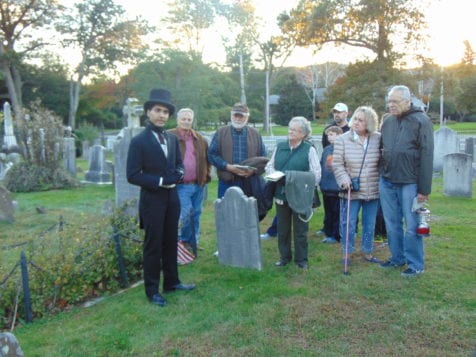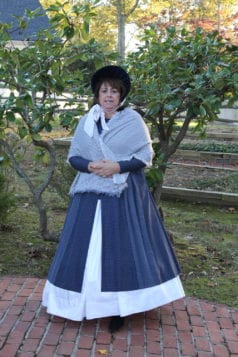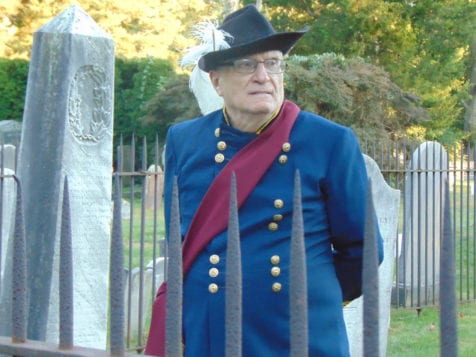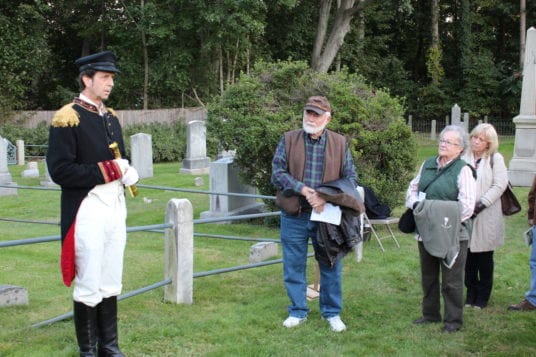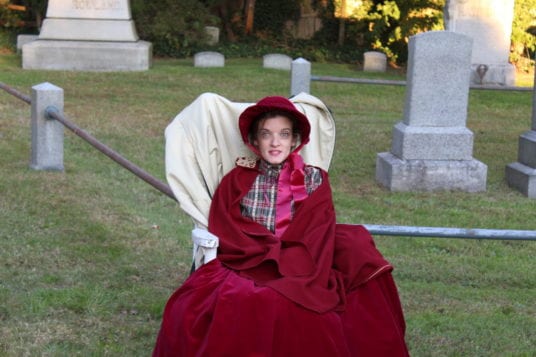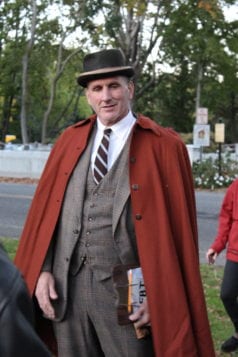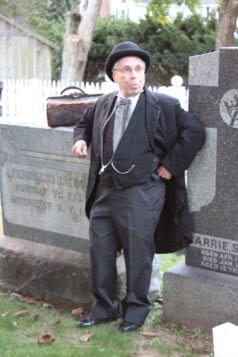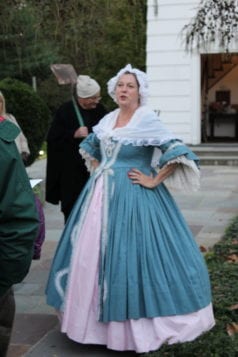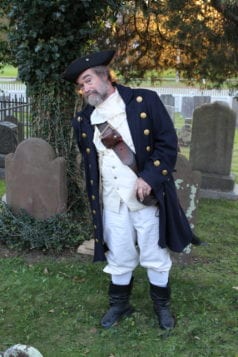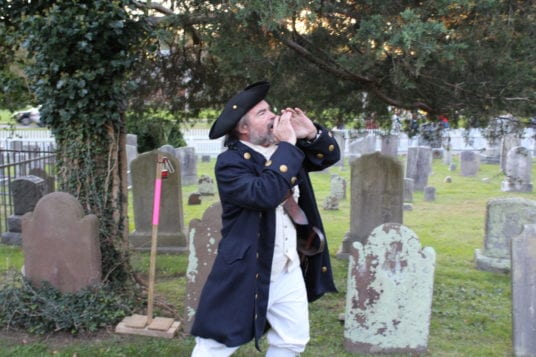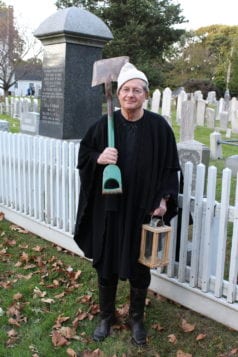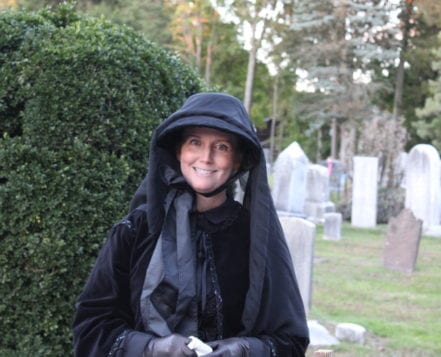As Election Day rapidly approaches, we have been busy at TBR News Media interviewing candidates for our 2018 election preview issue coming out Nov. 1. In grilling politicians on everything from taxes and education to women’s rights, there has been some striking presumptions made on a topic not directly raised, but one we feel can no longer be ignored.
There have been repeated statements made by incumbents and challengers alike about millennials and their desired future on Long Island that are misguided at best and blatantly wrong at worst.
Millennials, as defined by the U.S. Census Bureau, is a term for Americans born between 1982 and 2000. The oldest members of this population are turning 36 this year. No longer youths or young adults needing guidance, but full-time adult employees in your office and local businesses building their careers and families.
It’s inaccurate to say mid-30-somethings on Long Island aren’t at all interested in owning their own suburban home complete with the idealistic white-picket fence to raise a family in, just like the one many of us grew up in, as is regularly asserted by many candidates. It is not a question of desire, but of ability. Spending more than $450,000 on average for a house with an additional $10,000 or more per year in property taxes — according to a report released by property database ATTOM Data Solutions in 2017 — is simply not in the cards for many of this generation. Oh, and we’re well aware those property taxes will only continue to increase.
Politicians are quick to talk about how transit-oriented hubs will reduce the need for cars, as millennials like walkable communities and prefer to use public transportation. Walkable communities are great, but millennials, like every other generation, want to be able to afford to buy nice, new cars.
The 2016 American Community Survey, conducted by the U.S. Census Bureau, found roughly 80 percent of Suffolk residents commute to work alone via car, truck or van, and an additional 8 percent carpool. Having and owning a car is necessary to get to and from work, grocery stores or visit friends. It’s also another added expense for a generation saddled with crippling student debt.
Another oft-repeated sentiment is this generation isn’t as interested in having and raising children or are doing so later in life. A middle-income, married couple should expect to spend more than $280,000 to raise a child born in 2015, with projected inflation factored in, according to the U.S. Department of Agriculture. That’s a lot to consider in an area with a high cost of living and higher taxes, when the average worker’s wages are holding around the levels reached back in 1970, according to the Pew Research Center. Simply put, wages haven’t kept up.
These are real issues to those living on Long Island, millennials or not, cutting across all age groups. What we need are politicians in office who will make policies aimed at tackling these problems to improve our quality of life and keep the hope of the American Dream alive on Long Island. What we don’t need are more presumptions about people’s wants and desires.
Signing off, not just a millenial, but a multigenerational staff.

